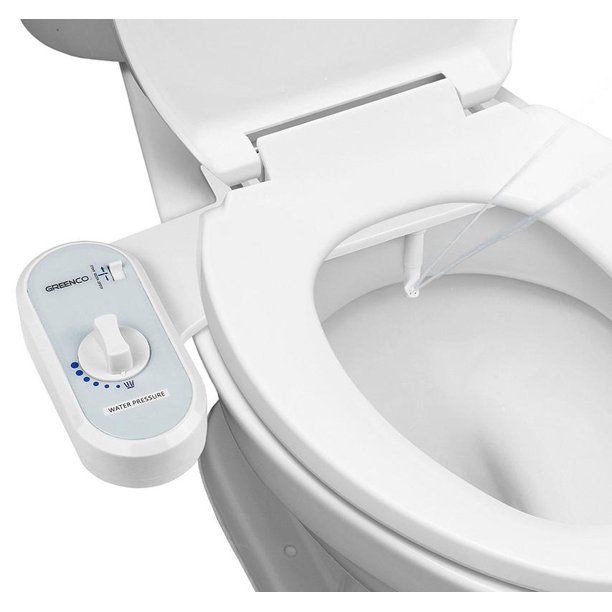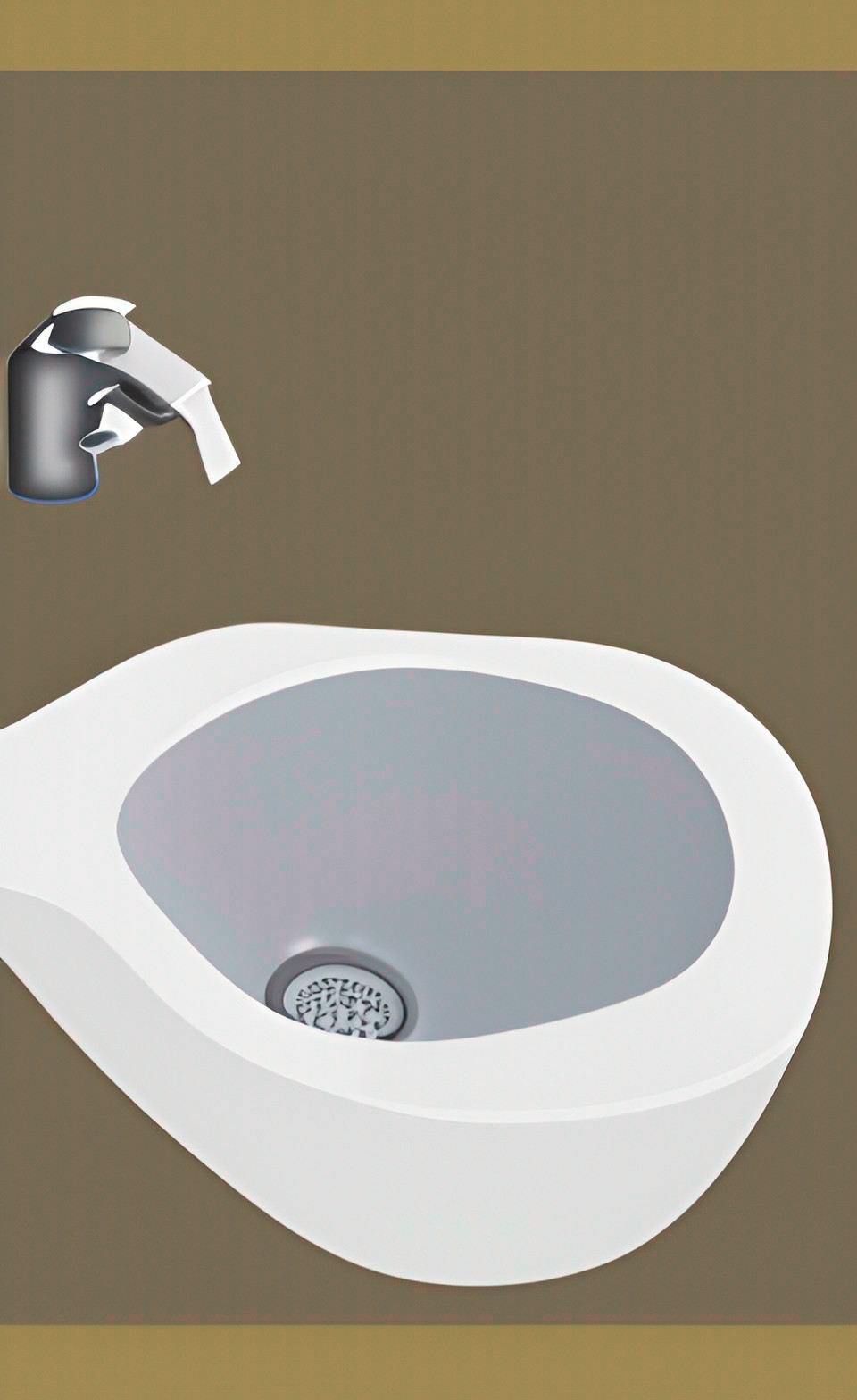_______________________________________________________________________________ Don't Forget: As an Affiliate, I Earn from Qualifying Purchases. If you click on any Amazon, Chewy, Walmart, or other links on my site and make a purchase through those companies, I may receive a small percentage of that sale at no extra cost to you. This helps me pay for the upkeep and maintenance of my site. You'll also notice advertisements on my site, which help contribute to the costs of running the site. _______________________________________________________________________________
Bidets: A Comprehensive Guide
What is a bidet?
A bidet is a plumbing fixture that is used for personal hygiene after using the toilet. It is similar to a sink, but it is specifically designed for cleaning the genital and anal areas. Bidets are commonly found in bathrooms in Europe, Asia, and South America, but they are not as widespread in North America.
How does a bidet work?
Bidets typically have a stream of water that can be directed to the appropriate area for cleaning. Some bidets have a control panel or a lever that allows the user to adjust the water pressure and temperature. Some bidets also have a built-in air dryer or a separate towel for drying off after use.
There are two main types of bidets: standalone and attachable. Standalone bidets are separate fixtures that are installed next to the toilet. Attachable bidets, also known as bidet seats or bidet attachments, can be easily installed on top of an existing toilet.

What are the benefits of using a bidet?
There are several benefits to using a bidet, including improved hygiene, conservation of water, and reduced toilet paper use.
Improved hygiene: Using a bidet can help to improve personal hygiene because it provides a more thorough cleaning than toilet paper alone. This can be particularly beneficial for people with certain medical conditions or sensitivities, such as hemorrhoids or inflammatory bowel disease.
Conservation of water: Bidets use less water than toilet paper, which makes them more environmentally friendly. According to the Environmental Protection Agency (EPA), the average person uses 57 sheets of toilet paper per day, which equates to about 50 gallons of water per day just for toilet paper production. In contrast, a bidet uses only a small amount of water for each use.
Reduced toilet paper use: Using a bidet can help to reduce the amount of toilet paper that is used and disposed of. This can help to save money on toilet paper purchases and reduce the amount of waste that ends up in landfills.
Are bidets sanitary?
Bidets are generally considered to be very sanitary because they use a stream of water to clean the genital and anal areas, rather than relying on toilet paper alone. The water is typically mixed with a small amount of soap or disinfectant, which helps to kill any bacteria or germs.
However, it is important to keep the bidet clean and well-maintained in order to maintain its hygienic properties. This may involve regularly cleaning the nozzle or sprayer, as well as the surrounding area of the bidet.

How do you use a bidet?
Using a bidet is relatively simple, but it may take some time to get used to if you are not familiar with them. Here are the basic steps for using a bidet:
- First, do your business in the toilet as you normally would.
- Adjust the water temperature and pressure to your preference using the control panel or lever.
- Ensure you’re seated properly, making sure to position yourself over the nozzle or sprayer. You may need to adjust your position slightly in order to direct the water where you want it to go.
- Turn off the bidet
- Use a small piece of toilet paper or a towel to dry off after using the bidet. Some bidets have a built-in air dryer or a separate towel for this purpose.
Where to buy a bidet?
You can easily order a bidet off of Amazon.com and Walmart.com and most department stores like Walmart, Home Depot and Lowes have them on the shelves.
Bidets are relatively cheap for the attachment-type ones and range from ~$25-$100 but the ones built into the toilets can get a little pricey and can be hundreds, if not thousands of dollars; of course, those come with more options like heated seats, warm water to clean and blow drying.
Remember to always wash your hands after using the bathroom, and to keep the bidet clean and well-maintained for optimal hygiene.